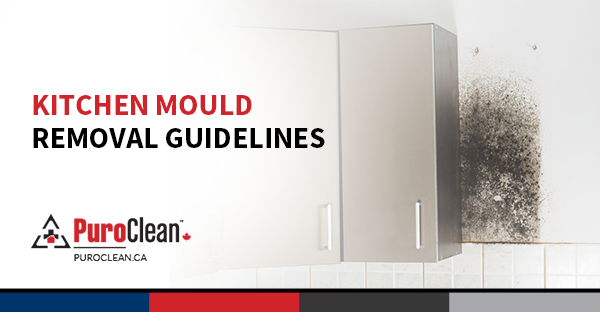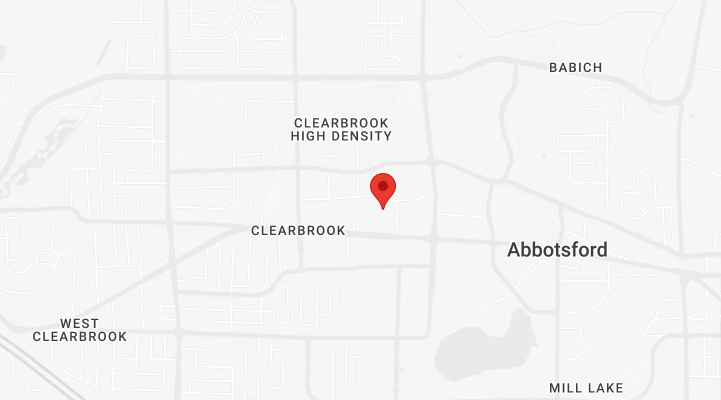Kitchen Mould Removal Guidelines
 Mould grows in areas of a home where there are increased levels of dampness. Kitchens count as one of these areas, especially if they’re poorly ventilated or if there are water leaks. Larger mould infestations should be removed by a professional mould removal company. However, if the mould problem is small in scale, property owners may be able to clean up the affected area themselves. Before deciding to tackle a mould removal job in the kitchen, it’s strongly recommended to wear goggles, dust mask, protective clothing and gloves. Here’s a look on how to remove mould from different areas in the kitchen:
Mould grows in areas of a home where there are increased levels of dampness. Kitchens count as one of these areas, especially if they’re poorly ventilated or if there are water leaks. Larger mould infestations should be removed by a professional mould removal company. However, if the mould problem is small in scale, property owners may be able to clean up the affected area themselves. Before deciding to tackle a mould removal job in the kitchen, it’s strongly recommended to wear goggles, dust mask, protective clothing and gloves. Here’s a look on how to remove mould from different areas in the kitchen:
Mould on Grout
- First, the mouldy grout should be moistened to prevent dry mould spores from being stirred up into the air.
- Mould should be removed with a scrubbing brush and a mould killing product; a mixture of warm water and detergent into a spray bottle also works.
- The grout should be cleaned with a soft paper towel after which the mould should be scrubbed off until it’s gone.
Mould in the Sink Area
- Every item from the mouldy area should be removed and placed into sealed plastic bags. The items must be discarded or cleaned, depending on the amount of mould on them.
- The water problem, such as a leaky pipe beneath the sink or damaged faucet, should be identified and fixed. The area needs to be dried using fans and dehumidifiers.
- The next step is sealing off the kitchen by closing windows and doors to prevent mould spores from spreading in the rest of your home. Plastic sheeting and duct tape should be used to cover any openings.
- Mouldy surfaces should be cleaned using a scrubbing brush, a firm sponge, and a mixture of water and detergent in a spray bottle, or with a mould killing product.
- After cleaning, the area should be rinsed and left to dry completely.
Mould in Cabinets
- The first priority is to fix the moisture problem that caused mould in the cabinets.
- Cabinets should be cleaned with a solution of half water and half detergent into a spray bottle, or with a commercial mould cleaner.
- The mould should be removed using the solution and a scrubbing brush (or toothbrush for corners and hard-to-reach areas).
- Any residue can be wiped with a wet clean rag. Drying can be accelerated using fans.
Mould on Ceiling and Walls
- To clean and prevent mould on walls and ceiling, the water leaks on the roof and behind walls (or the condensation problem) must be identified and fixed.
- If there is mould on porous surfaces, such as drywalls, they usually need to be removed and replaced. Mould on non-porous walls can typically be removed without damaging the wall.
- To clean the mould on the ceiling, the paint has to be removed first using a scraper. The mould can then be removed with a firm sponge and a solution of water and detergent, or a commercial product.
- The area should receive plenty of ventilation and the moisture problem(s) must be fixed to prevent mould from recurring. Before repainting, adding mould inhibitors to paints is recommended.
The bathroom is also a common area in the home for mould growth. Tips for bathroom mould removal and prevention are available here. The PuroClean team stands ready to provide professional restoration services to any property affected by fire, water or mould damage.
Follow us on Twitter, Facebook, Google+ and LinkedIn to get our notifications!


